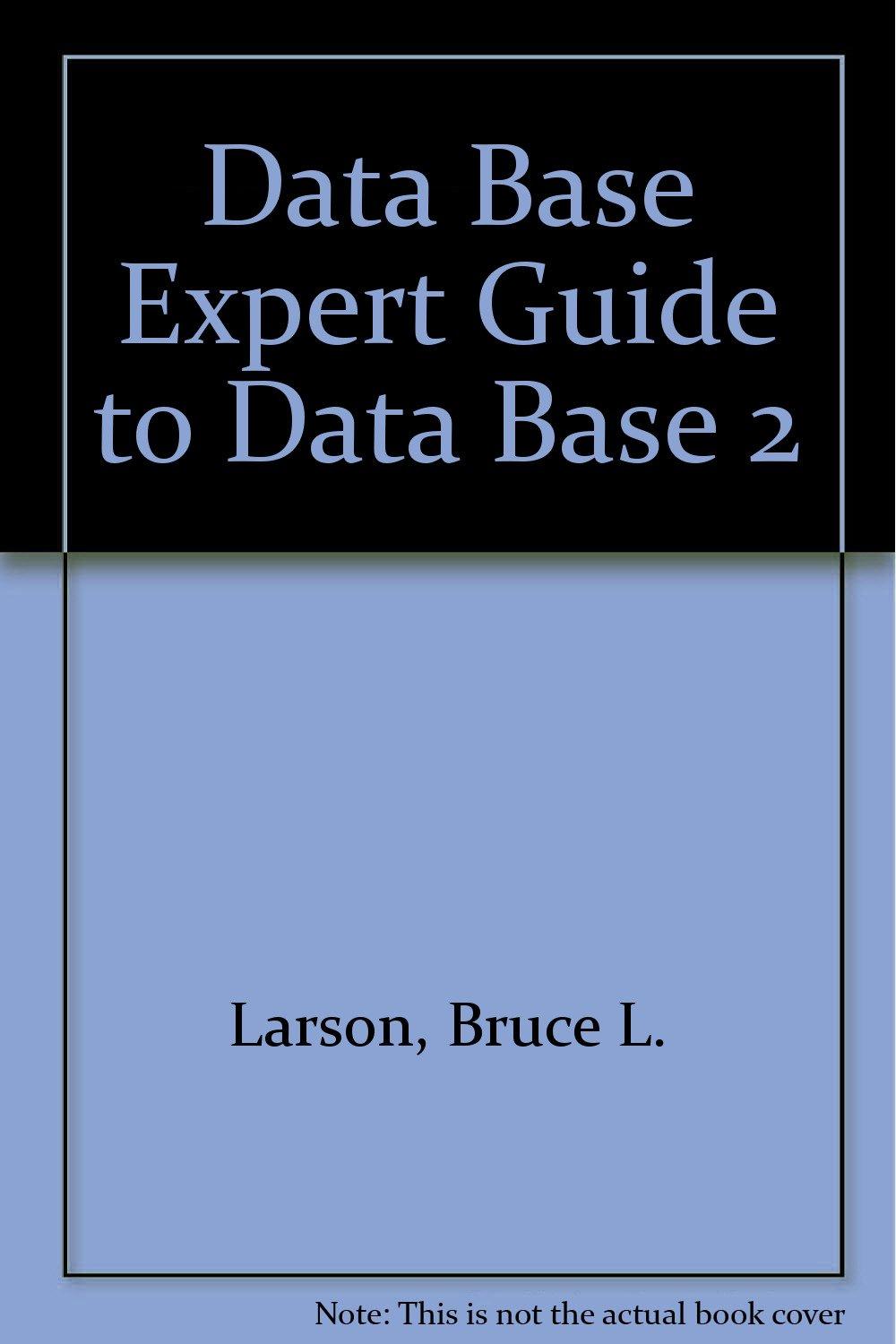Question
1. A generalization of the Caesar cipher, known as the Affine cipher, has the following form: Assume that the alphabet is {a, b, , z}
1. A generalization of the Caesar cipher, known as the Affine cipher, has the following form: Assume that the alphabet is {a, b, , z} and that a = 0, b = 1, , z = 25. The key is a pair, K = {a, b} where 0 a 25 and 0 b 25, the plaintext P = p1p2 pn is encrypted one character at a time to get the ciphertext C = c1c2 cn. For each plaintext letter p, substitute the ciphertext c where c = E(p) = (ap + b) mod 26. To encrypt p just multiply p by a then add b and mod this by 26. A basic requirement of any encryption algorithm is that it be a one-to-one function. So the encryption of two different plaintext messages will not result in the same ciphertext. Otherwise decryption would be impossible.
a. Prove that, for all key values of K = {a, b}, the affine cipher is not a one-to-one function. Find a key and two plaintexts that give a collision.
b. I claim that if (a mod 26) has an inverse, that means that there is a value a-1 so that (aa-1) mod 26 = 1, then encryption will be 1-1. Find a good value for a and show that it gives a 1-1 mapping.
Step by Step Solution
There are 3 Steps involved in it
Step: 1

Get Instant Access to Expert-Tailored Solutions
See step-by-step solutions with expert insights and AI powered tools for academic success
Step: 2

Step: 3

Ace Your Homework with AI
Get the answers you need in no time with our AI-driven, step-by-step assistance
Get Started


